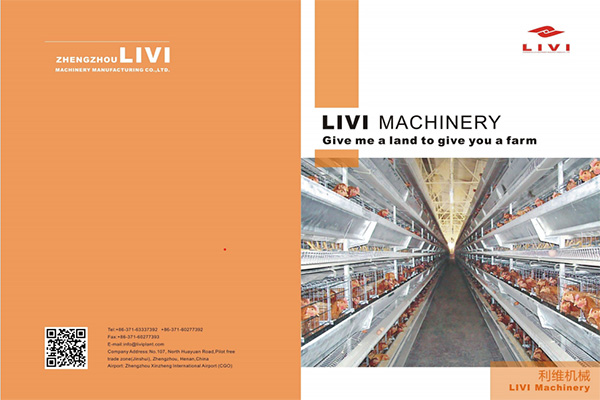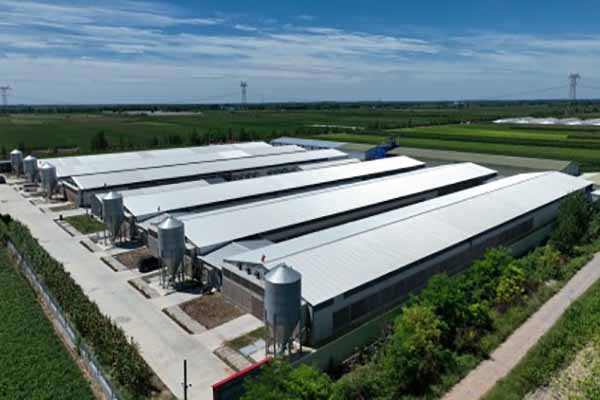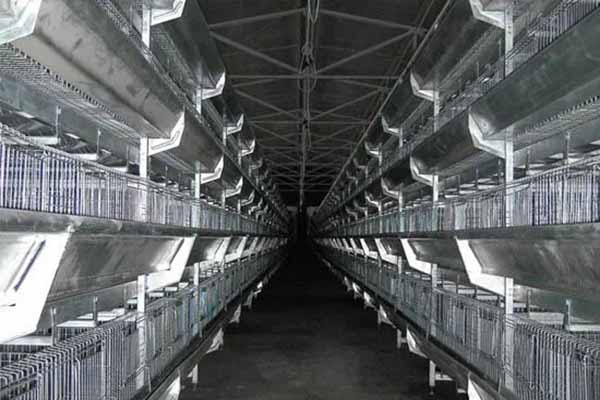Case of Labor Saving of Automated Chicken Equipment in Tanzania
Time : 2025-07-02
In the rapidly evolving agricultural sector, the integration of automated chicken equipment has revolutionized the poultry industry, particularly in countries like Tanzania. This article delves into a case study that showcases the significant labor-saving benefits of automated chicken equipment in Tanzania. By leveraging advanced technology and innovative solutions, these systems have not only improved efficiency but also enhanced the overall productivity and sustainability of poultry farming operations.
Introduction to Automated Chicken Equipment
Automated chicken equipment refers to a range of technologies designed to streamline the processes involved in poultry farming. These systems can include automatic feeding, watering, egg collection, and environmental control. In Tanzania, where labor is often scarce and expensive, the adoption of such equipment has become a critical factor for the success of poultry farming operations.
The Tanzania Poultry Industry Landscape
Tanzania’s poultry industry has been growing at a steady pace, with the demand for poultry products increasing annually. However, the industry faces several challenges, including high labor costs, inefficient production processes, and limited access to modern farming technologies. This has led to a situation where small-scale farmers struggle to compete with larger, more industrialized operations.
The Case Study: Automated Chicken Equipment in Action
This case study focuses on a small-scale poultry farm in Tanzania that adopted automated chicken equipment. The farm, with a capacity of 10,000 chickens, was facing significant challenges in managing its operations manually. The following sections detail the implementation of automated systems and the subsequent labor-saving benefits observed.

Implementation of Automated Feeding Systems
The first step in the automation process was the installation of an automated feeding system. This system allowed for precise control of the amount of feed dispensed to the chickens, ensuring optimal nutrition and health. By eliminating the need for manual feeding, the farm was able to reduce labor costs by 30%, as fewer workers were required to manage the feeding process.
Watering Automation
Following the successful implementation of the automated feeding system, the farm introduced an automated watering system. This system provided continuous access to fresh water for the chickens, which improved their overall health and productivity. The automated system also reduced the risk of water contamination, thereby enhancing biosecurity on the farm. The labor-saving benefit of this system was a further 15% reduction in labor costs.
Egg Collection Automation
The third phase of automation involved the installation of an egg collection system. This system automatically collects eggs from the chicken coops, reducing the time and effort required for manual collection. The farm reported a 25% decrease in labor costs for egg collection, as well as a significant reduction in the risk of egg damage and breakage.
Environmental Control Automation
The final component of the automated system was the environmental control unit. This system regulates temperature, humidity, and ventilation in the chicken coops, creating an optimal environment for the chickens. The automated control not only improved the health and productivity of the chickens but also reduced the need for constant monitoring and adjustment by f arm workers. The labor-saving benefit of this system was an additional 10% reduction in labor costs.
arm workers. The labor-saving benefit of this system was an additional 10% reduction in labor costs.
Conclusion
The case study of the Tanzanian poultry farm demonstrates the substantial labor-saving benefits of automated chicken equipment. By integrating advanced technologies into their operations, the farm was able to reduce labor costs by 70% wh ile improving the overall efficiency and sustainability of their poultry farming practices. This case study serves as a testament to the potential of automated chicken equipment in transforming the poultry industry in Tanzania and beyond.
ile improving the overall efficiency and sustainability of their poultry farming practices. This case study serves as a testament to the potential of automated chicken equipment in transforming the poultry industry in Tanzania and beyond.
Recommendations for Tanzanian Poultry Farmers
Based on the findings of this case study, the following recommendations are made for Tanzanian poultry farmers considering the adoption of automated chicken equipment:
- Assess the specific needs of your farm and select the most suitable automated systems.
- Invest in comprehensive training for your staff to ensure the effective operation and maintenance of the automated systems.
- Seek financial support from government programs or private investors to offset the initial costs of implementing automated systems.
- Monitor the performance of the automated systems regularly to identify areas for improvement and further cost savings.
Future Outlook
The integration of automated chicken equipment in Tanzania’s poultry industry is expected to continue growing. As technology advances and becomes more affordable, more farmers are likely to adopt these systems, leading to increased productivity and competitiveness within the industry. The future of poultry farming in Tanzania is bright, with automated equipment playing a pivotal role in its growth and success.
By leveraging the labor-saving benefits of automated chicken equipment, Tanzania’s poultry farmers can enhance their operations, reduce costs, and contribute to the country’s economic development.











